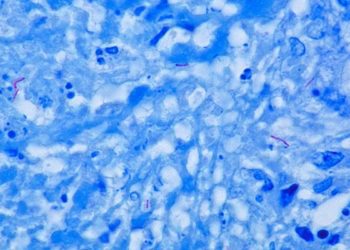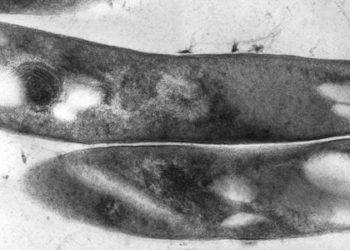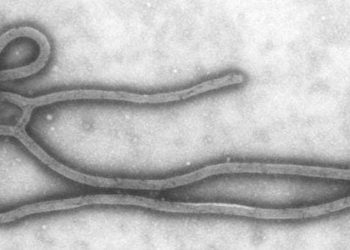Improved research methods needed to determine effectiveness of anti-obesity public health initiatives
1. Researchers found that amongst nearly 300 studies reporting the impact of policies, programs, or changes in built environment on controlling and preventing obesity, most natural experiments had high risk of bias and poor handling of dropouts and withdrawals.
2. The authors suggest that these findings show the need for rigorous methodological standards to help produce data that may be beneficial for combating the obesity pandemic.
Evidence Rating Level: 1 (Excellent)
Study Rundown: Approximately 1.9 billion adults worldwide are obese or overweight. The negative costs to public health make it especially important to determine which public health interventions are effective. The National Institutes of Health Pathways to Prevention Workshop suggests that more natural experiments are needed to help address the obesity pandemic. The authors of this systematic review evaluated information from multiple databases to find studies that reported the impact of policies, programs, or changes in built environment on controlling and preventing obesity. The authors found 294 experiments of diverse methodologies, including natural experiments (53%). The risk of bias was high for most natural experiments, and 63% of such studies had poor handling of dropouts and withdrawals. The authors suggest that these results indicate the necessity for better access to information for obesity researchers, an improved infrastructure for data sources, and standard reporting guidelines to help produce research of high quality and rigor.
A strength of this systematic review is that it helped to identify some of the weaknesses of current research and how improvements in future research could help to provide data that is beneficial for combating the obesity pandemic. Limitations of this study include the restriction of outcomes to measures of obesity and health behaviors, descriptions of natural experiments that lacked clarity or consistency, and inadequate methods for assessment of risk of bias for natural experiments.
Click to read the study, published in Annals of Internal Medicine
Relevant Reading: Impact of policy and built environment changes on obesity‐related outcomes: a systematic review of naturally occurring experiments
In-Depth [systematic review]: Researchers used EconLit, CINAHL, PsycINFO, and PubMed to find studies that reported the impact of policies, programs, or changes in built environment on controlling and preventing obesity. The authors selected a time frame of January 2000 to August 2017 to include studies after The Surgeon General’s Call to Action to Prevent and Decrease Overweight and Obesity was published. Researchers found 188 U.S. and 106 non-U.S. studies, including 156 natural experiments, 118 experimental studies, and 20 studies which lacked clarity in design. Of the U.S. data systems, 37% had linkages to another data source. Childhood weight and adult weight were reported by 112 and 32 studies, respectively. Physical activity and dietary measures were reported by 152 and 148 studies, respectively. The most frequent method (35%) used by natural experiments for analysis was the comparison of groups that were exposed or unexposed. There was strong selection bias for 28% of natural experiments. Furthermore, only 25% of experiments reported a participation rate of 80% to 100% for targeted individuals. Thirty percent of studies did not provide sufficient data to ascertain how attrition was managed or did not report dropouts or withdrawals.
Image: PD
©2018 2 Minute Medicine, Inc. All rights reserved. No works may be reproduced without expressed written consent from 2 Minute Medicine, Inc. Inquire about licensing here. No article should be construed as medical advice and is not intended as such by the authors or by 2 Minute Medicine, Inc.







